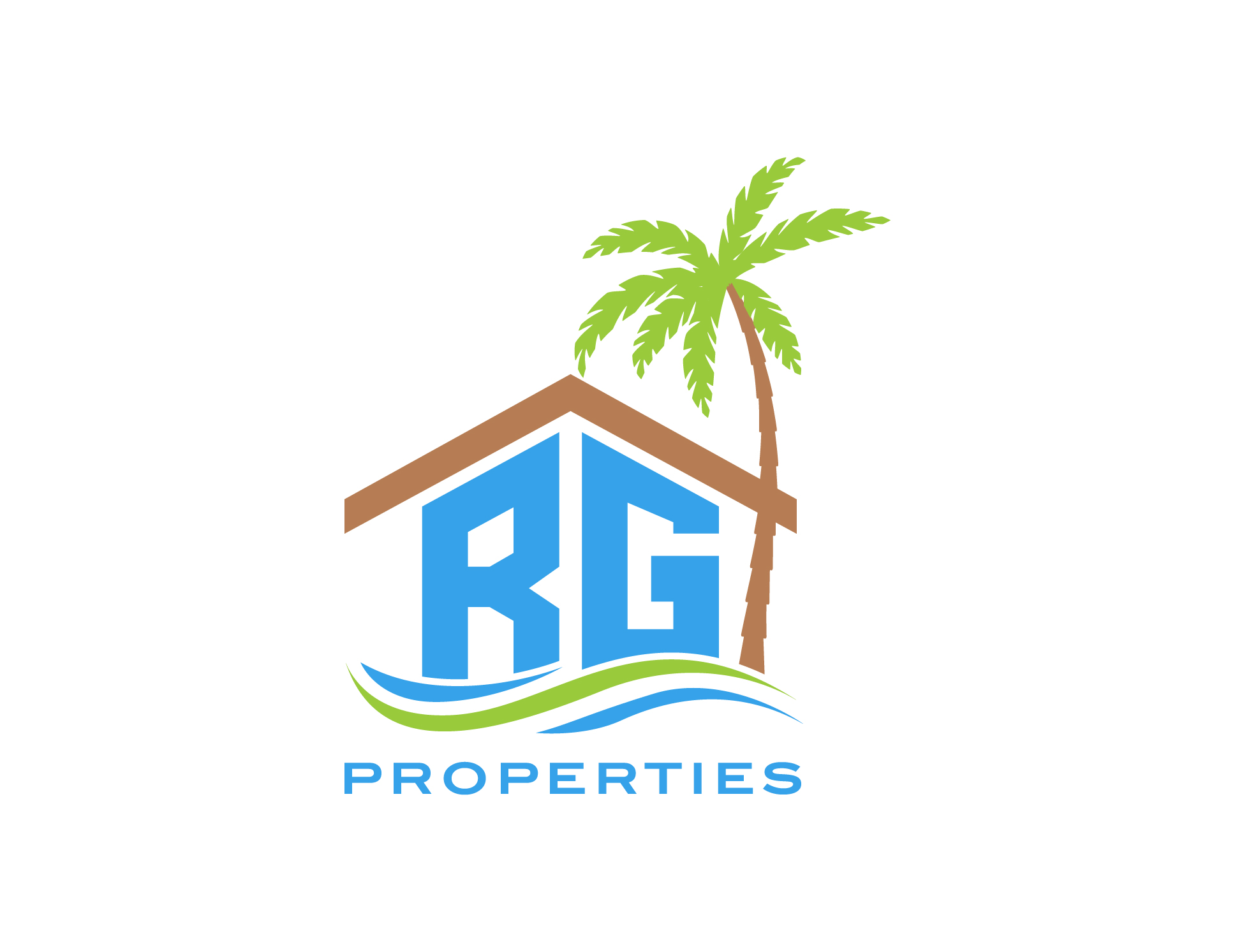Project: Ryan Gray Properties, LLC Website Design
Role: UX Researcher/Designer / Winter 2021
This project was for a User Experience Design course offered by Google. The objective of the study was to observe users as they interacted with the website for Ryan Gray Properties (RGP)
Tools used: Adobe, Zoom, marker and paper

